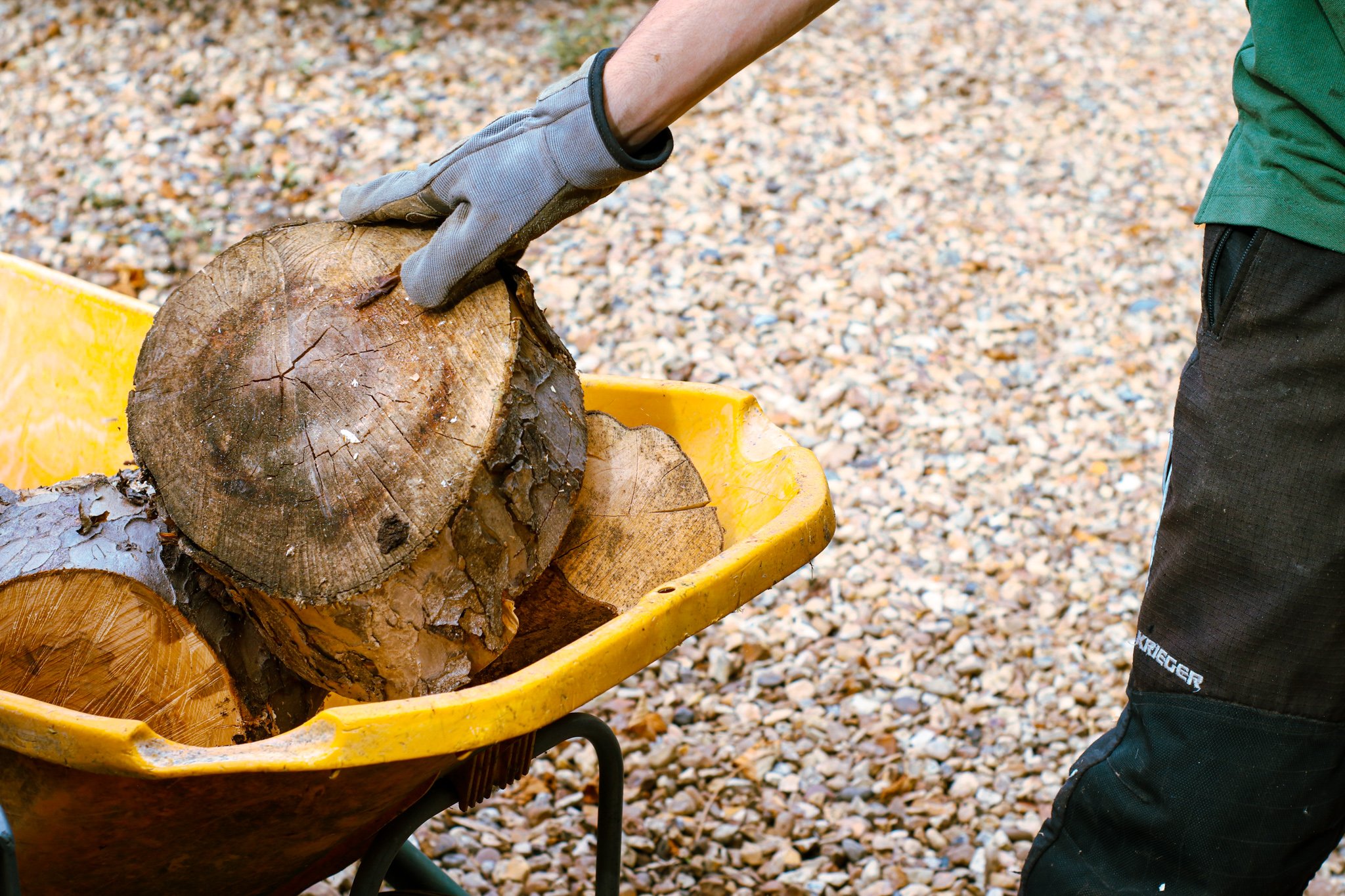Learn About Our Services
-
Tree Felling or Tree Dismantling involves the removal of the tree to ground level. This can be done at any time during the year with one exception. Trees that have roosting bats of nesting birds.
When a tree is required to be felled, in most cases, this will involve the tree being dismantled. This is done in a safe manner with specialist equipment to ensure the safety of the climber and ground crew.
Furthermore, the stump can then be removed if the client wishes.
-
There are times that it could be beneficial for the client to have the stump of the tree removed, perhaps to allow planting or landscaping purposes.
Stump removal is done by grinding the stump using a specialist machine that will grind the stump to below ground level, therefore, allowing the area to be used for other means.
The leftover chippings are an excellent source of garden mulch.
-
The crown of the tree is basically the branches coming from the trunk of the tree. Crown thinning is, as the name suggests, the removal of branches to thin the volume of the tree.
This could be for many reasons, such as letting additional light into the garden or house or the removal of deadwood that may pose a danger.
Crown reduction, also known as crown looping, is usually done when a tree has outgrown its location. It can be done throughout the year although with some species it is best to avoid early spring.
-
As the name suggests, deadwooding is the removal of wood that has decayed beyond repair. This is a necessary responsibility of the tree owner for safety reasons.
-
Tree pollarding is a method of reducing the height of a tree. The pollarding season falls between October and February when the growth of deciduous trees lies dormant.
-
Formative pruning involves developing a young tree to the desired shape. Removing some of the lower branches is the most common operation. This is normally done after the tree is a year old as after that time it will not place undue stress on the tree.


